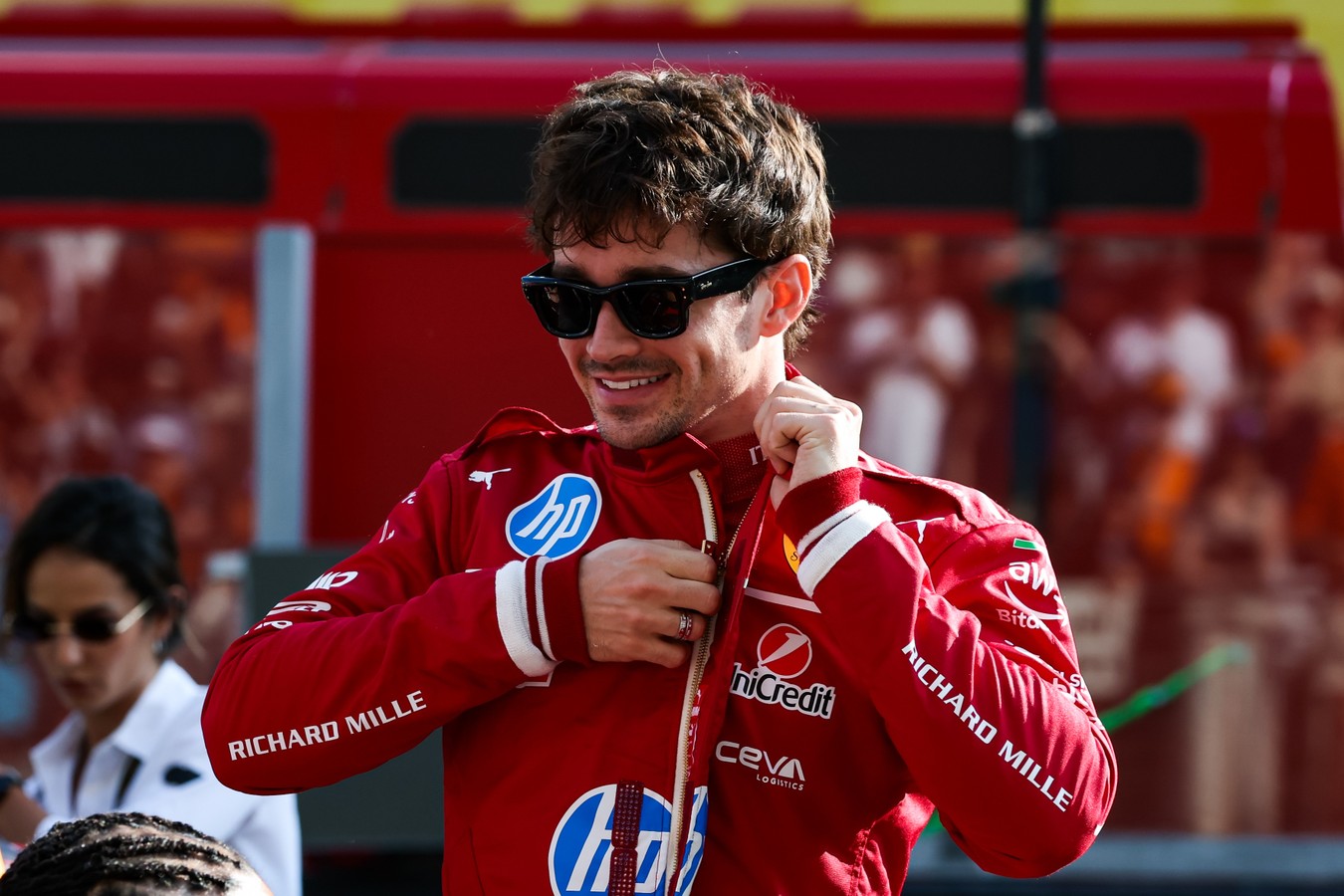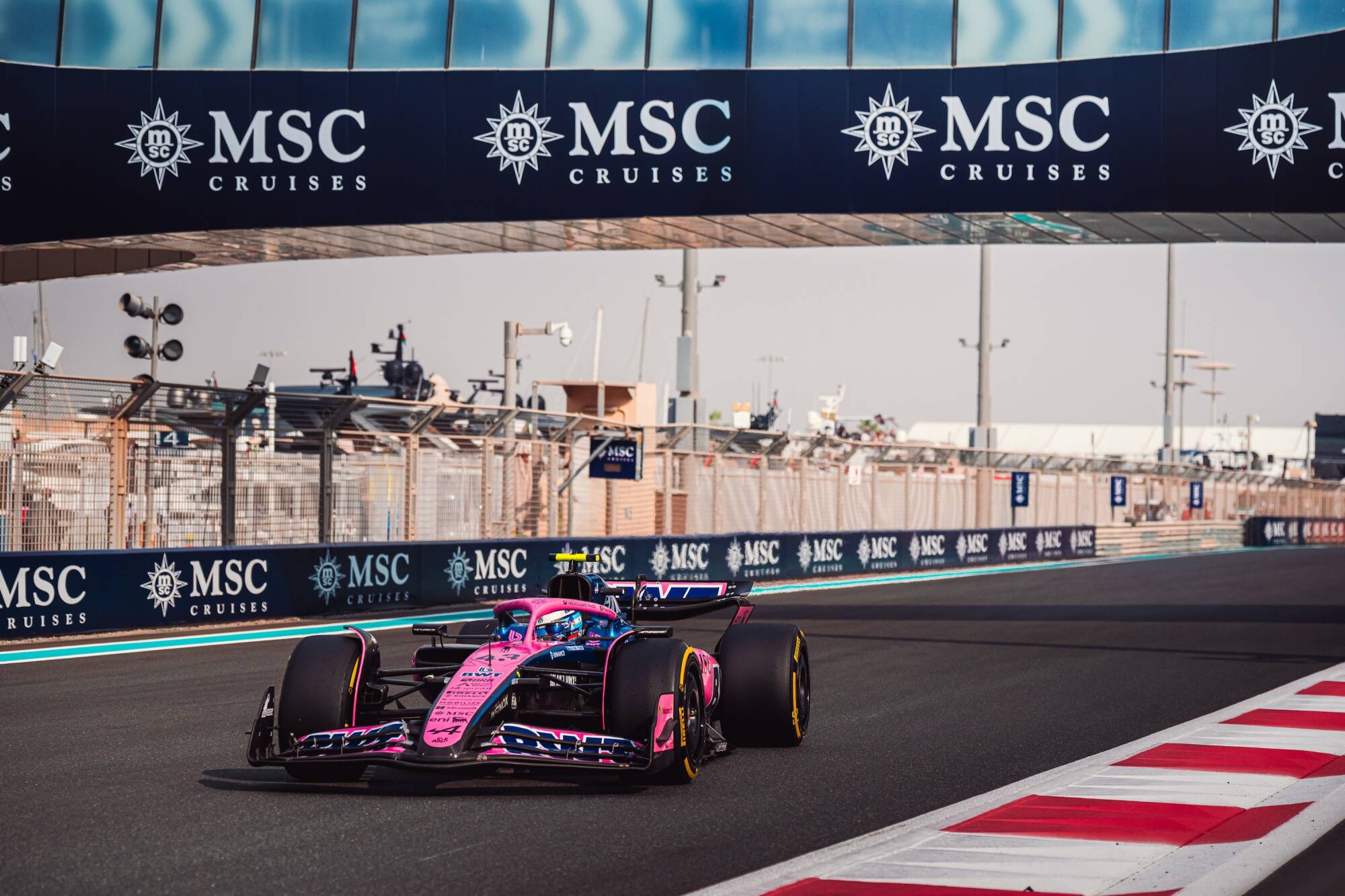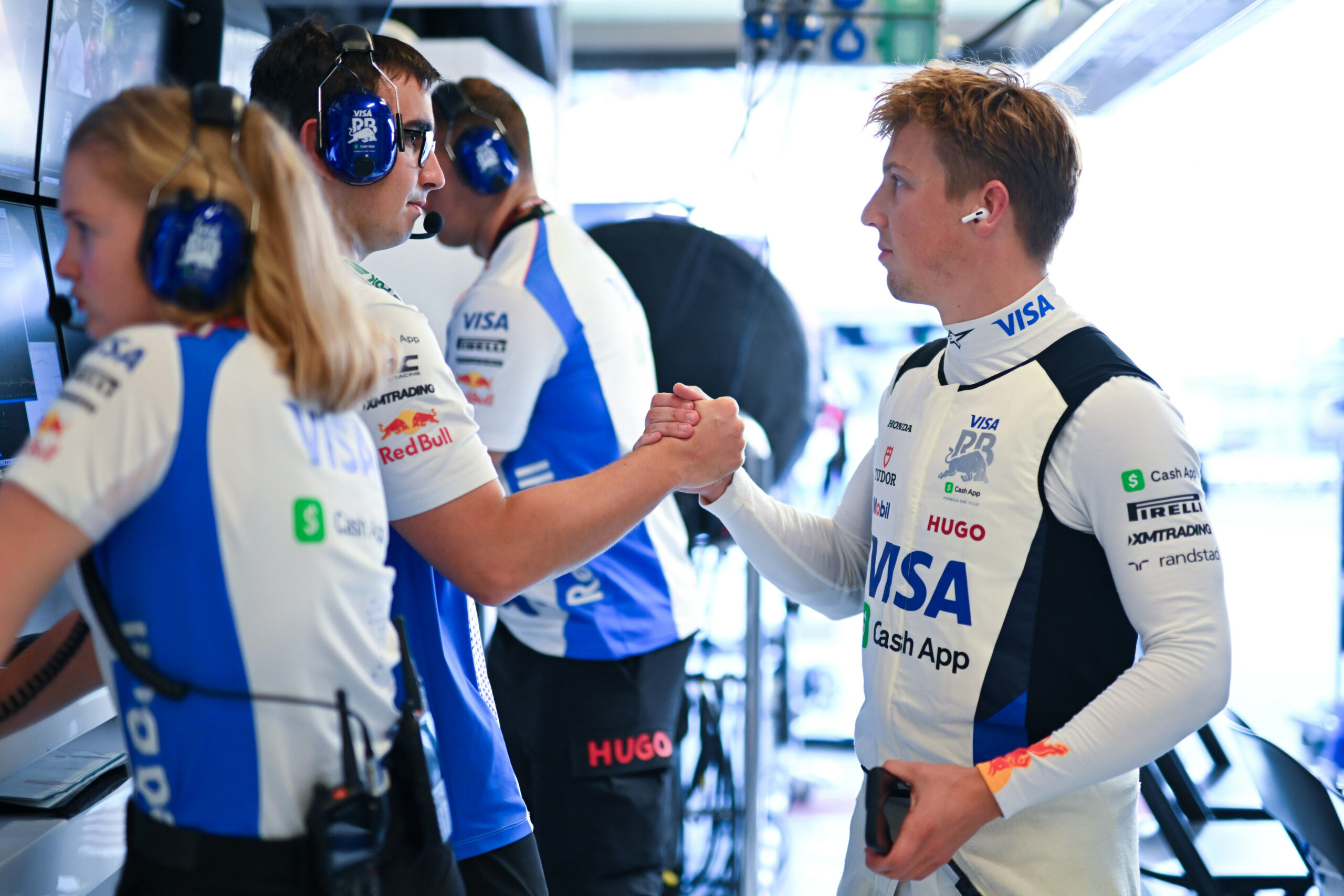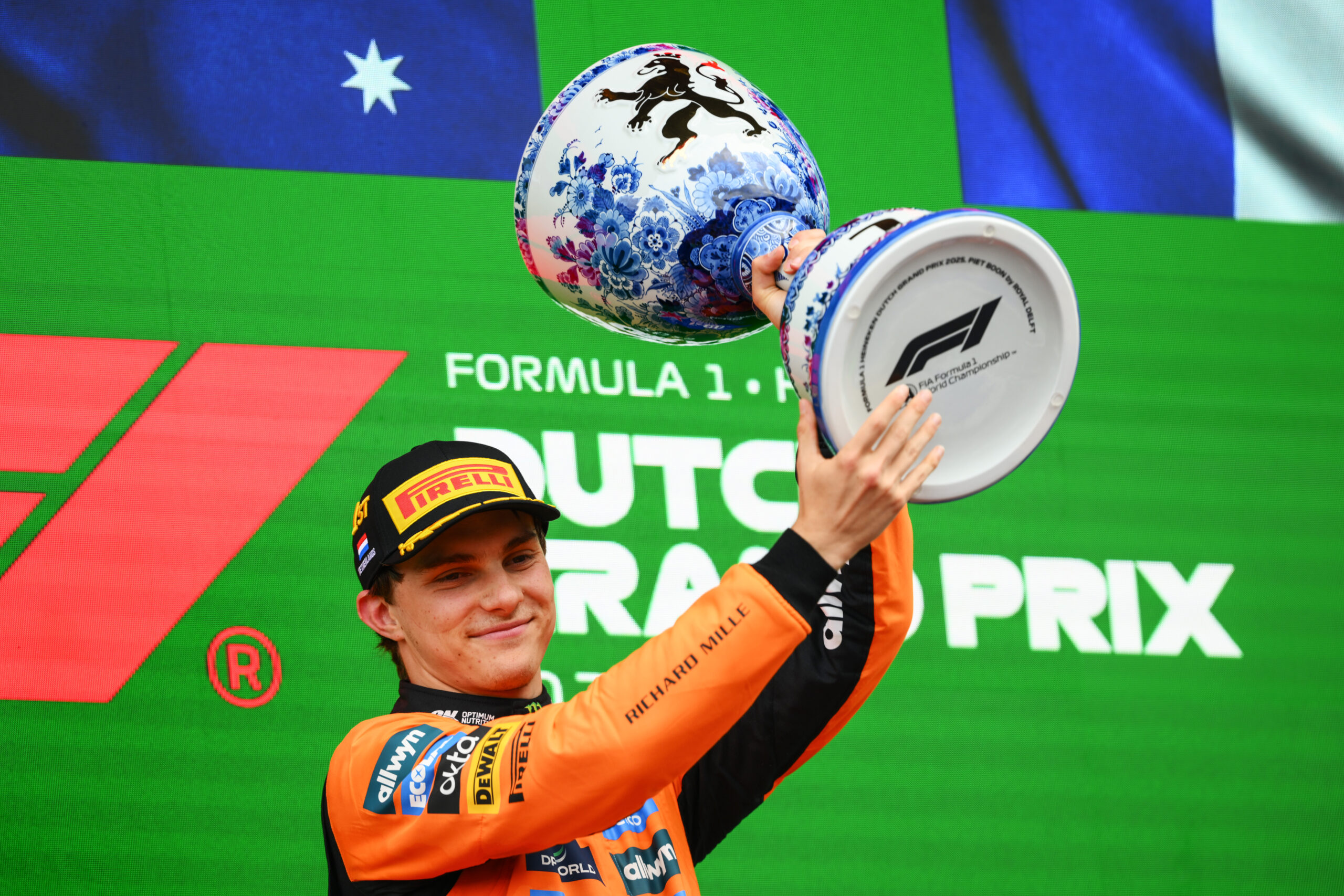Carlos Sainz had an incident with Liam Lawson at the Dutch Grand Prix while attempting an overtake around the outside of the Kiwi driver. After the contact, both drivers got damage and went for a pit stop.
However, the collision wasn’t the only thing that affected Sainz’s race negatively. The stewards found the Spaniard guilty of causing the collision. Sainz was handed a 10-second time penalty and two penalty points on his FIA Super Licence.
Nevertheless, Williams appealed the case and lodged for a right of review ahead of the Italian Grand Prix. Eventually, FIA agreed with Williams and removed Sainz’s two penalty points on his Super Licence. Since the Spanish driver served the time penalty in the race, it couldn’t be undone.
Carlos Sainz spoke about the incident at the Dutch GP and what the overturn of the penalty meant for the fairness in racing.
Positive steps taken by FIA
Similar to Sainz’s situation, several drivers had made complaints about the FIA’s penalty decisions over the last few years.
In an interview in Baku, Sainz stated that the FIA’s overturn of the penalty was a “breakthrough.” He also described the decision as a positive step in ensuring fairness in the sport.
“I think it’s a positive step. The fact that they even took the opportunity to revert or cancel the penalty points and the penalty itself is a good sign.”
A black and white case
Though the Spaniard celebrated the presence of revisional mechanisms of FIA, he also noted that not every case can be a subject of review. Nevertheless, these mechanisms hold great importance for drivers to demand justice when stewards give controversial penalties.
“I’m not saying every case and every scenario should be the same, but I think cases that are pretty obvious like that one, I think it’s good to see that there are mechanisms and ways to revert.
“The problem I think is that it was not as obvious. It could be down to interpretation before.
“I think this case for me was sorry but it was black and white. There should never be a penalty for what happened in Zandvoort. I think it was so obvious that the moment we presented one or two cases of new evidence, it was enough to open the discussion again and get it to correct itself.”
Guidelines are not rules
The Spanish Williams driver pointed out that the F1 guidelines can sometimes be insufficient in practice. He said that the use of common sense in those cases might lead to more accurate decisions.
According to Sainz, the guidelines are not as rigid as rules. Therefore, they are open to interpretation and can be shaped by the incident itself.
“I think we cannot forget the fact of a very important word that is ‘guidelines.’ I think guidelines is not a rule. It’s a guideline to how to judge an incident.
“There’s not a rule that says I cannot go around the outside of a corner. There’s a guideline to say if you are at the outside of a corner and you don’t back out of it and then two cars collide, it’s very likely that you will be the car penalised. But it’s a guideline, not a rule. Why? Because the perfect example is Zandvoort.”
“If a car on the inside loses control of the car and creates the accident, there’s nothing wrong with you trying to be around the outside of a corner if you don’t create a crash.
“I’ve been racing my whole life. I’m in the car, if I’m honest I don’t think about the guidelines. I think more about clean racing and what I think is fair. I go by muscle memory of my last 20 years of racing and I always try and keep it fair.”
“But when there’s a touch, a crash that I know I haven’t done anything wrong about, I know that in these cases you need to use common sense.”
Being familiar with the stewards would help
After some controversial penalties given by the stewards, F1’s racing rules have become a subject of discussion.
Sainz was asked about what would help F1 drivers in guessing when and how the stewards will decide who is right and wrong in race incidents. In his response, the Spaniard mentioned the drivers’ level of familiarity with the stewards.
The stewards participate in race weeks on a rotational basis among themselves and apply F1 rules by analyzing each race. Thus, the constant rotation of the stewards can potentially lead to different interpretations of F1 guidelines and rules.
Sainz remarked that if he were more familiar with the stewards and their way of interpreting the regulations, he would understand their judgments better.
“I don’t know how they approach each situation, whether they’re going to leave it for later or decide in the moment. “
“I think it’s fair to say there’s relative pressure from media, drivers and everyone. When the race finishes you want to know the actual result rather than having to wait for two hours to actually decide.”
“I think we are all unconsciously or consciously maybe putting a bit of pressure on the stewards to take decisions during the race rather than after, which is maybe something to consider.”
“I think what would help is that if I knew the referee were always the same in every race. For me, I would know by pattern and by years of working with the same referees, if they were going to judge that incident in that moment or not.”
“But when you work every race with different referees, it’s very difficult to know and understand if it’s coming or not.”





